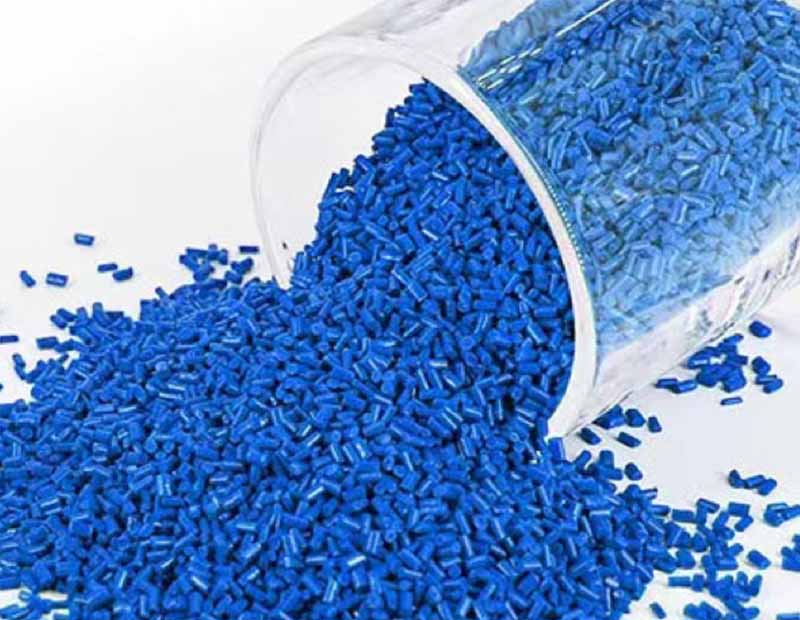Polyphenylsulfone (PPSU): Properties, Applications and Maintenance
Polyphenylsulfone (PPSU) is a High-performance thermoplastic belonging to the sulfone polymer family. This amorphous polymer is characterized by its exceptional thermal stability, chemical resistance, and mechanical strength, making it suitable for demanding applications across various industries. PPSU exhibits a glass transition temperature (Tg) of 220°C and can maintain structural integrity at continuous service temperatures up to 180°C.
Key chemical structure: PPSU's molecular backbone contains aromatic rings linked by sulfone groups (-SO2-) and ether linkages (-O-), contributing to its remarkable stability.

Material Characteristics
Thermal Properties
PPSU demonstrates outstanding thermal resistance with a heat deflection temperature (HDT) of 207°C at 1.82 MPa (ASTM D648). Its thermal conductivity measures approximately 0.26 W/m·K, while the coefficient of thermal expansion ranges from 5.5-5.9 × 10^-5 /°C (23-100°C). The material achieves UL 94 V-0 flammability rating at thicknesses as low as 0.8 mm with a limiting oxygen index (LOI) of 38%.
Mechanical Performance
PPSU exhibits excellent mechanical properties including a tensile strength of 70-75 MPa (ASTM D638) and flexural modulus of 2.3-2.5 GPa (ASTM D790). The material maintains good impact resistance with notched Izod values of 65-75 J/m at 23°C (ASTM D256). Its elongation at break typically ranges 50-80%, demonstrating good ductility for an engineering plastic.
Chemical Resistance
PPSU shows remarkable resistance to most acids, bases, and hydrocarbons. It withstands exposure to 10% sulfuric acid and 30% sodium hydroxide solutions at elevated temperatures with minimal property degradation. The material is hydrolytically stable, maintaining >90% of its mechanical properties after 5,000 hours in boiling water (ASTM D570). However, it is susceptible to certain polar solvents like acetone and chlorinated hydrocarbons.
Electrical Properties
As an electrical insulator, PPSU demonstrates a dielectric strength of 16 kV/mm (ASTM D149) and volume resistivity of 10^16 Ω·cm (ASTM D257). The dielectric constant remains stable at 3.5 across a frequency range of 50Hz to 1MHz (ASTM D150).
Processing Methods
PPSU can be processed using standard thermoplastic techniques with appropriate temperature controls:
Injection Molding: Melt temperatures of 340-380°C with mold temperatures of 120-160°C
Extrusion: Processing temperatures between 320-360°C
3D Printing: FDM printing requires nozzle temperatures of 360-390°C and bed temperatures of 160-180°C
Critical note: PPSU requires thorough drying before processing (4-6 hours at 150°C) to achieve moisture content below 0.02%.
Applications of PPSU
Medical Applications
PPSU is widely used in medical devices due to its biocompatibility (ISO 10993 compliant) and steam sterilizability. Common applications include:
Surgical instrument handles (withstands >1,000 autoclave cycles)
Dental instrument components
Membrane housings for dialysis equipment
Medical tubing and connectors
Aerospace Components
The aviation industry utilizes PPSU for:
Cabin interior components (meeting FAR 25.853 flammability requirements)
Electrical connectors and insulators
Fuel system components
Radome applications
Food Contact and Water Systems
PPSU's NSF/ANSI 51 certification enables use in:
Food processing equipment
Baby bottle components
Water filtration membranes and housings
Hot water fittings and valves
Electrical and Electronics
Key electrical applications include:
Circuit board insulators
Connector housings
High-temperature wire coatings
Semiconductor handling components
Maintenance and Care Guidelines
Cleaning Procedures
For optimal performance and longevity:
Use mild detergents (pH 5-9) at temperatures below 100°C
Avoid abrasive cleaners that may scratch surfaces
For sterilization, steam autoclave at 134°C for 5 minutes or 121°C for 20 minutes
Chemical sterilization with ethylene oxide is acceptable (follow aeration protocols)
Storage Conditions
Proper storage extends PPSU component life:
Store in clean, dry environments at 15-30°C
Protect from UV exposure (use opaque containers when possible)
Maintain relative humidity below 50%
Keep away from strong solvents and oxidizing agents
Inspection and Maintenance
Regular inspection protocols should include:
Visual examination for cracks, discoloration, or surface degradation
Dimensional checks for warpage or deformation
Functional testing of moving parts
Replacement after 5-10 years in continuous service (application-dependent)
Important: PPSU components showing signs of stress whitening or surface crazing should be replaced immediately as these indicate material degradation.
Environmental Considerations
PPSU demonstrates good environmental stability:
Weathering resistance: >1,000 hours Xenon arc exposure with <10% tensile strength loss
Gamma radiation resistance up to 50 kGy
Recyclability: Can be reground and reprocessed up to 5 times with minimal property degradation






